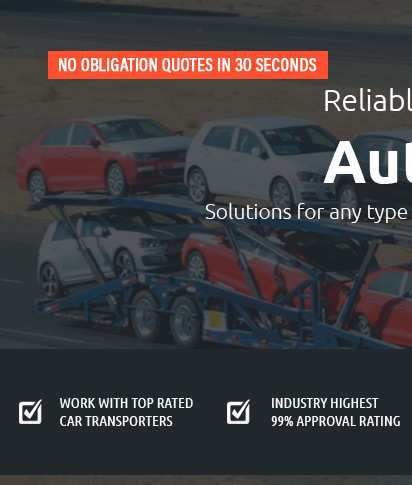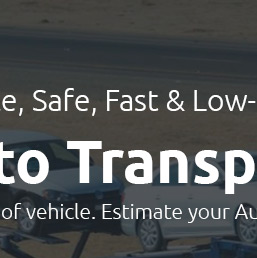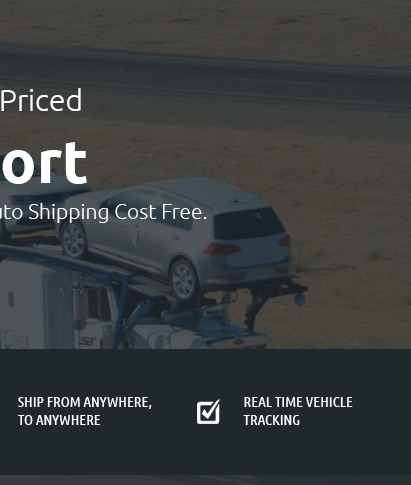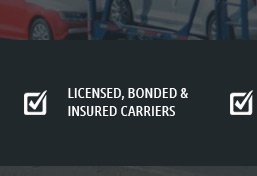 |
|||||
 |
 |
 |
 |
 |
|||||
 |
 |
 |
 |
 |
 |
 |
||
 |
 |
 |
 |
 |
 |
 |
 |
 |
 |
|
enclosed vehicle transport companies and how to choose the best fitWhy enclosed shipping mattersWhen you’re moving a collectible, low-mileage supercar, or a freshly restored classic, an enclosed trailer shields the finish from weather, road debris, and prying eyes. The added privacy and controlled environment reduce risk during loading, transit, and delivery. What to look forGood carriers provide liftgate loading, soft straps, and real-time updates, not just promises. They handle tight neighborhoods, verify ground clearance, and photograph the car at each touchpoint.
Costs and timingEnclosed service typically runs 30–60% more than open transport, with seasonal swings and route scarcity shaping quotes. City-to-city corridors move faster; bespoke pickups, collector events, and storms can stretch lead times. How to compare quotes
Choose a partner that treats your car like a one-of-one, communicates proactively, and documents every handoff. That diligence is what separates premium enclosed vehicle transport companies from the rest.
|